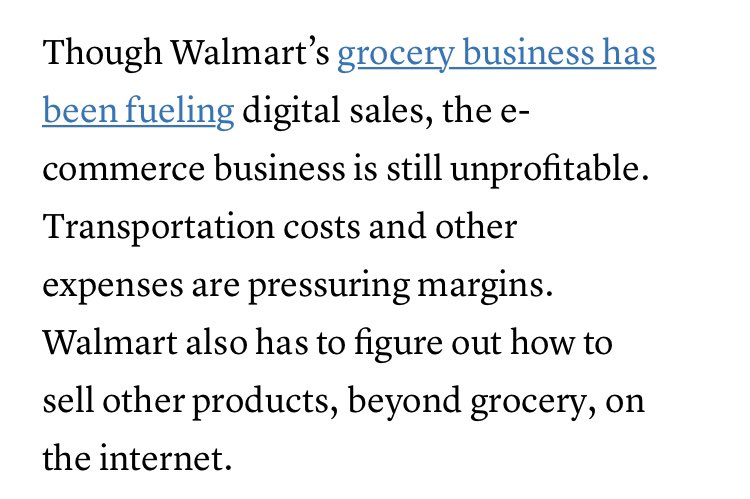1/ High Gross Margins
2/ Owned Sales Channel Distribution
3/ Sales Channel Agnostic
👇
Lululemon logged a 51.3% Gross Profit Margin in Q1 2020 versus 53.9% in 2019
On the surface, this looks worrisome, but they unpacked the deltas:
Rent/Depreciation: -330bp (unavoidable)
eCom Shift: -110bp
Currency: -20bp
Product Margin: +180bp
1/ eCom is a drag on profitability relative to retail
2/ Lululemon is a product-driven company and ENGINEERS margin opportunity into their products through innovation and superior merchandising. DO THIS ALWAYS
Lululemon product is sold exclusively on their site (54%) and through company-owned stores (46%)
This allows them to carry a higher share of their already impressive Gross Product Margin % to their bottom line while protecting the brand integrity
Lululemon built their sales foundation through an impressive ground-game via local ambassadors and retail stores, but they've quickly evolved as an eCom force
Q4 '19 digital sales were +41%, which set the stage for them to step up to +68% in Q1 '20
The aggregate of strategies and tactics that lead to strong execution amidst a challenging retail environment, allowed Lululemon to turn a PROFIT ($32.8M), which will be extraordinarily rare in the public Brand sector, and even more so for private brands in Q1 2020
1/ Product Innovation + Brand creates pricing power which yields Gross Margin leverage. KEY TAKEAWAY
2/ Owning all sales channels provides control over the drop off between Product Margin and Gross Profit
3/ Build strength into every channel and be agnostic





